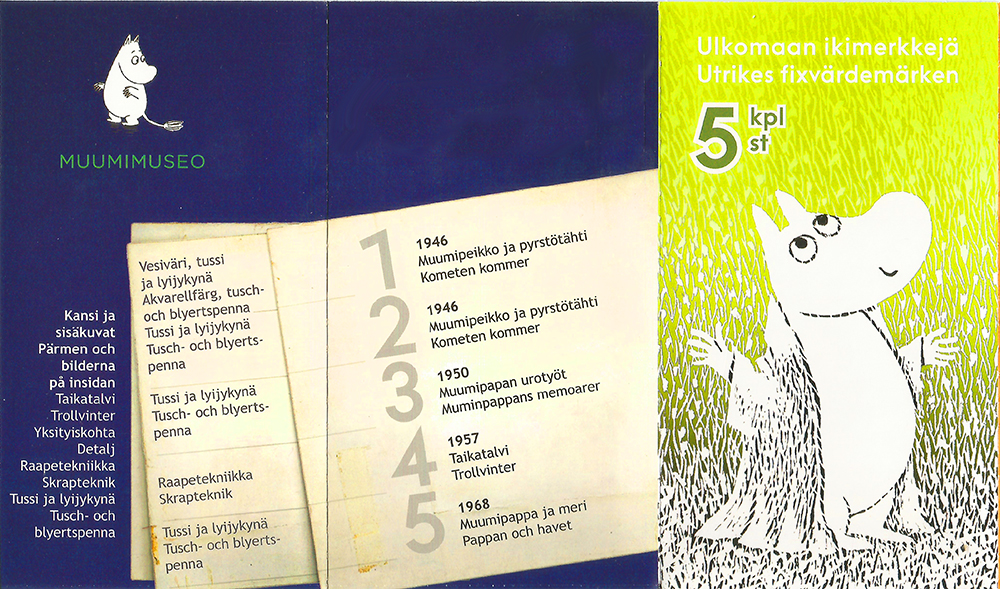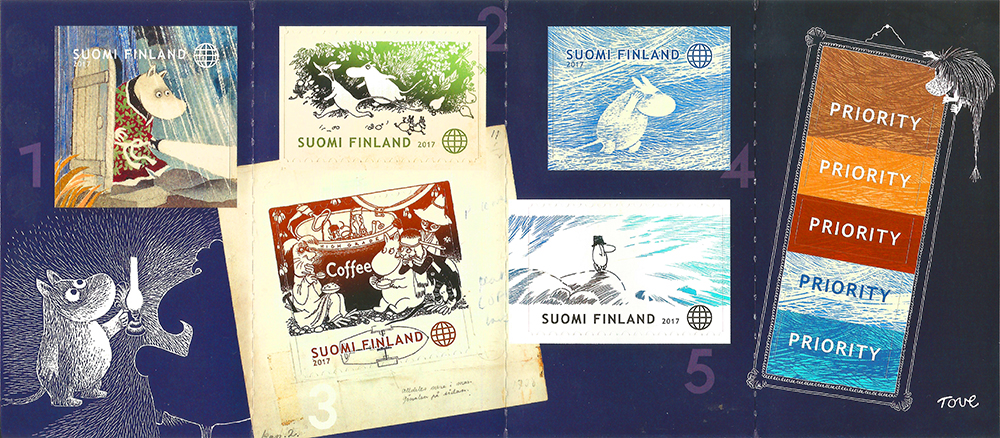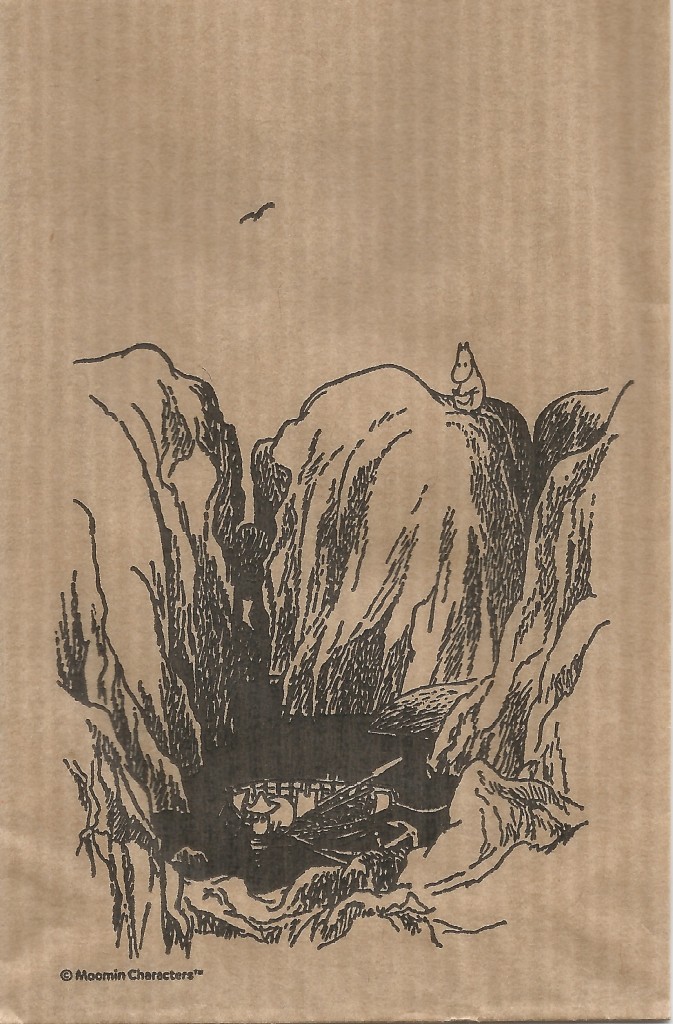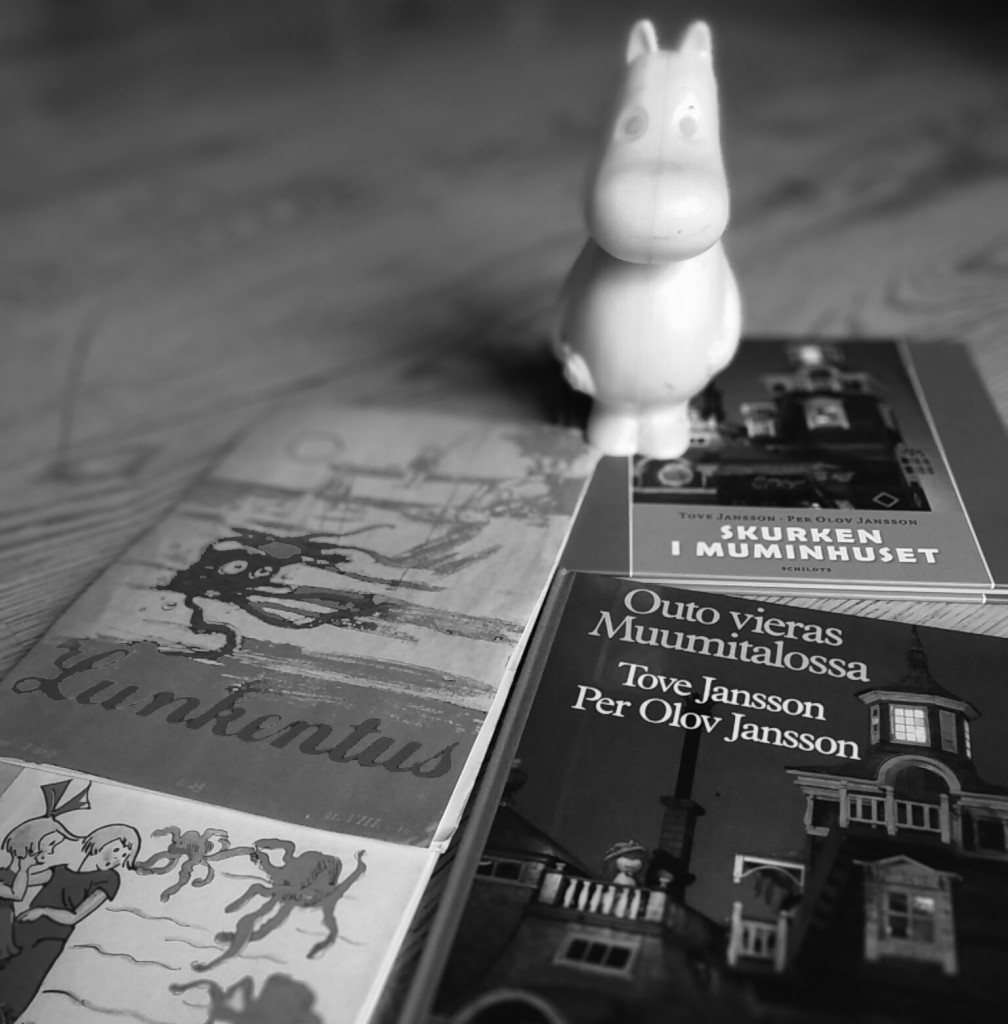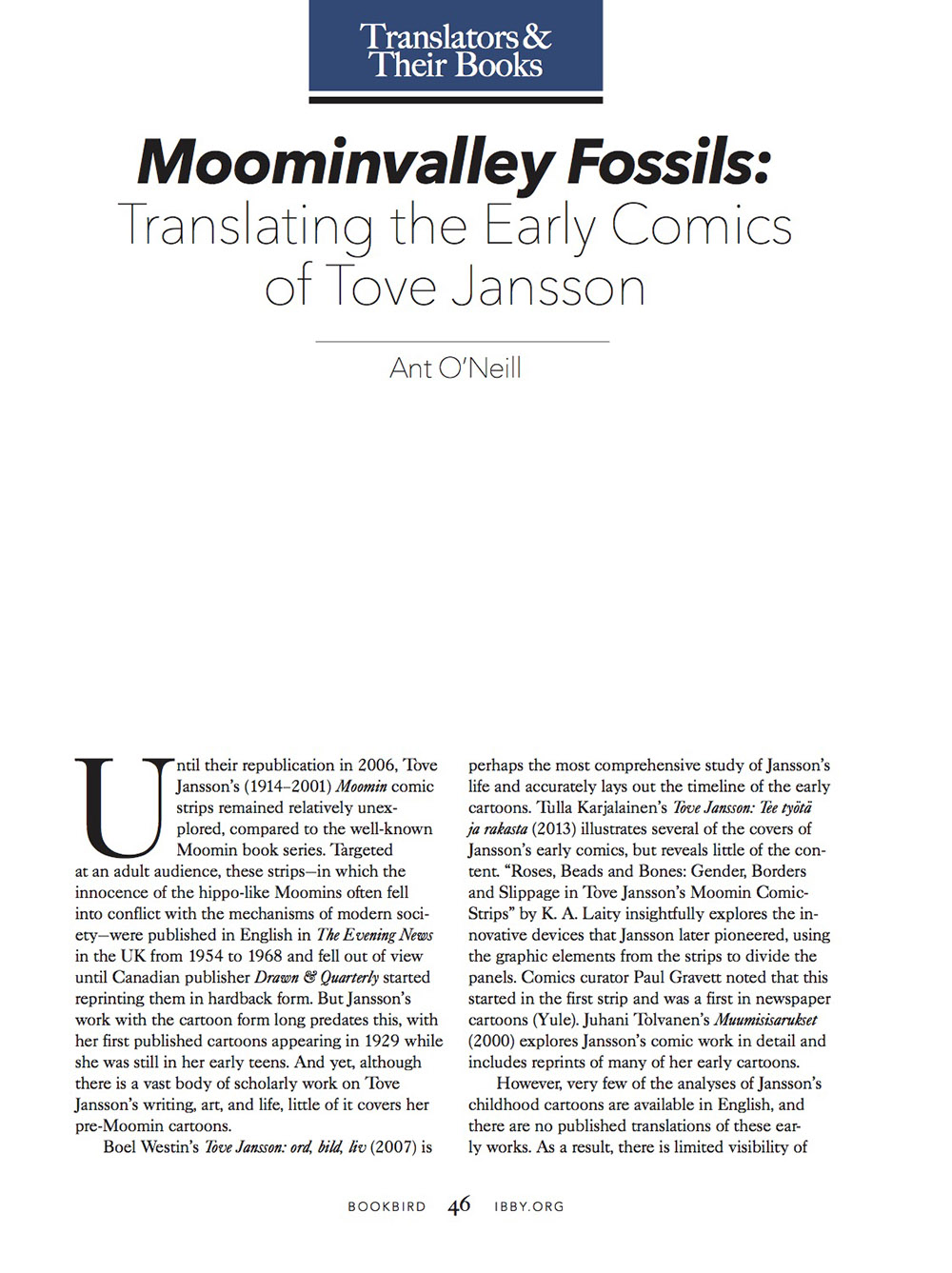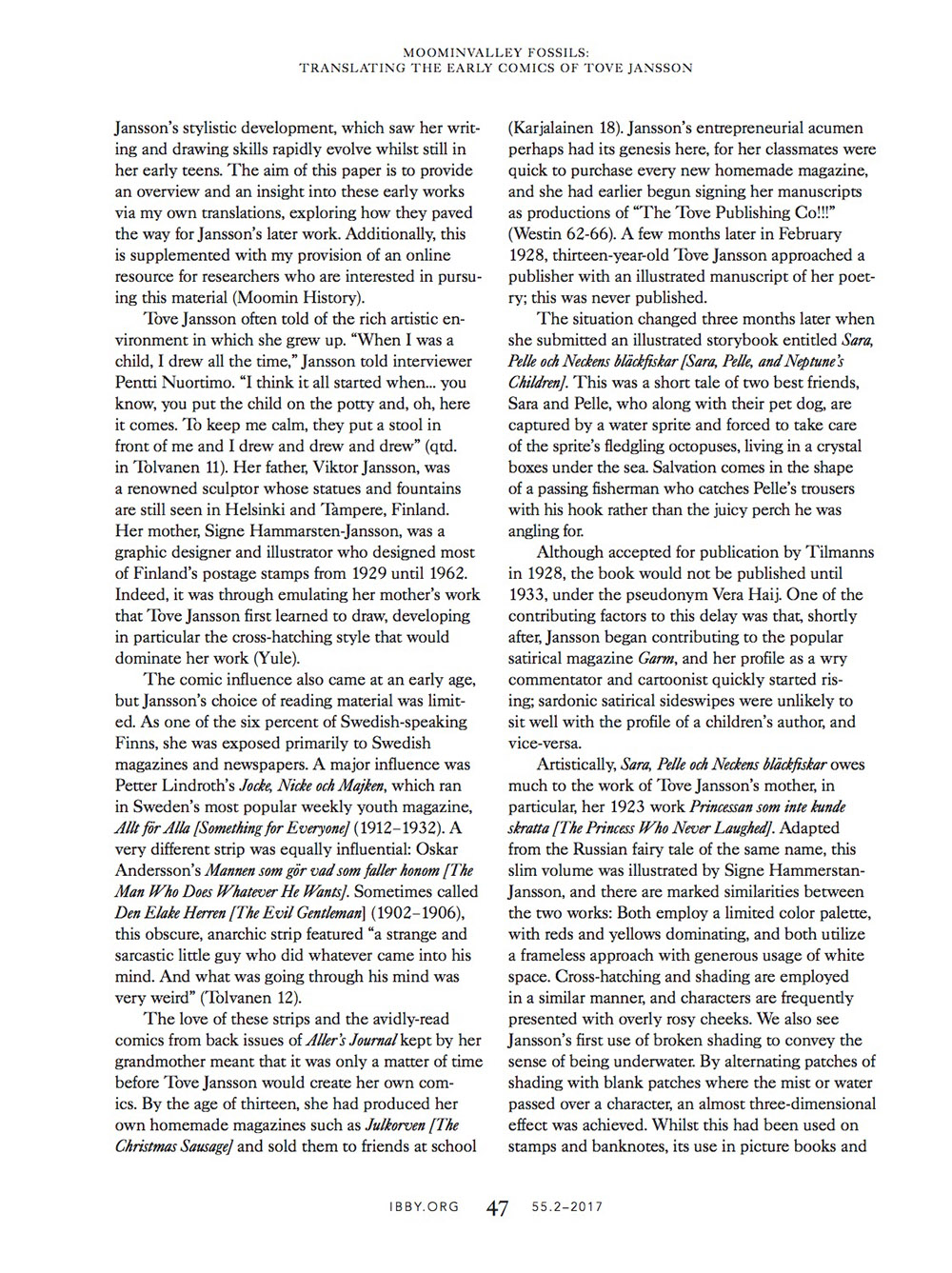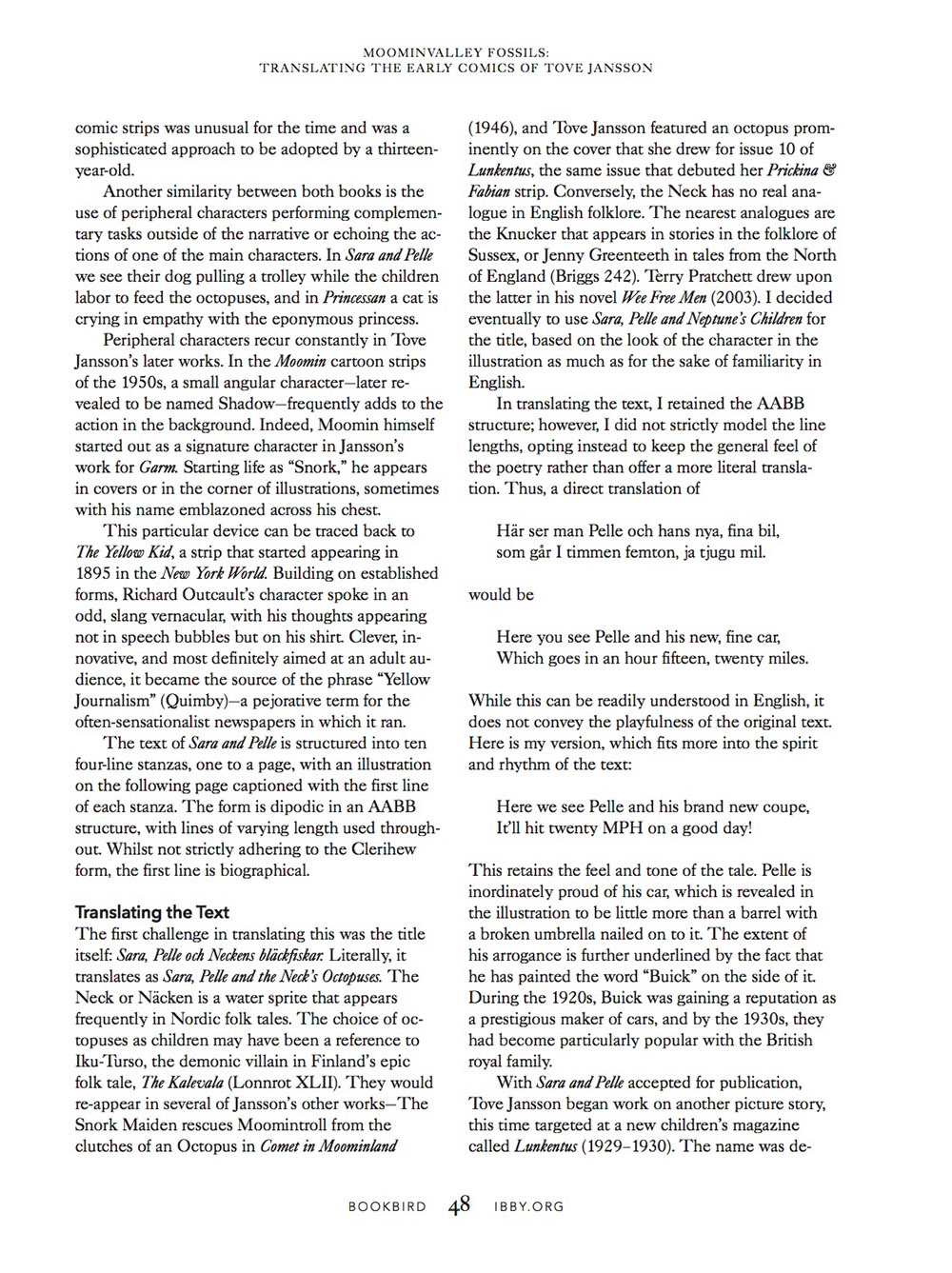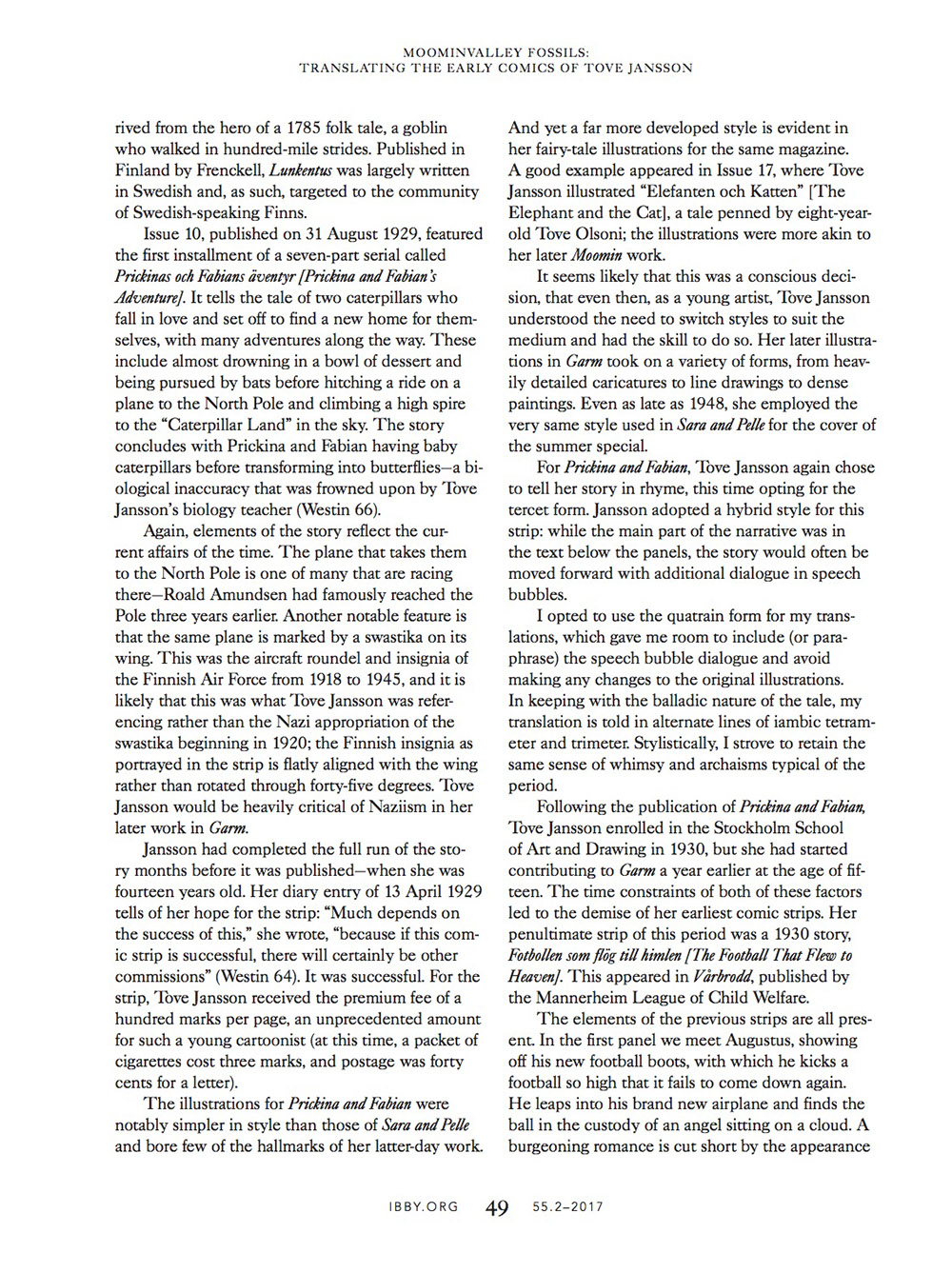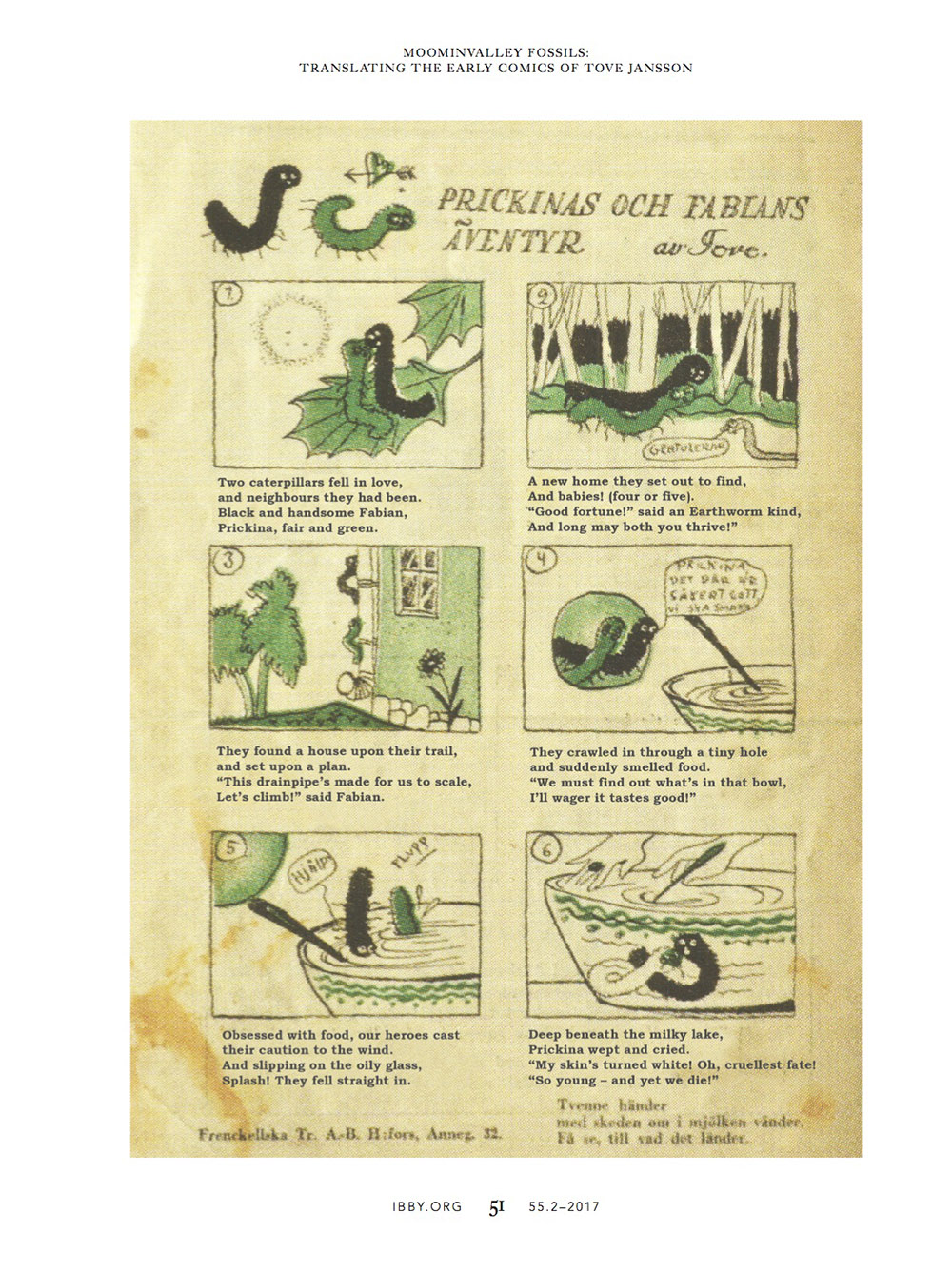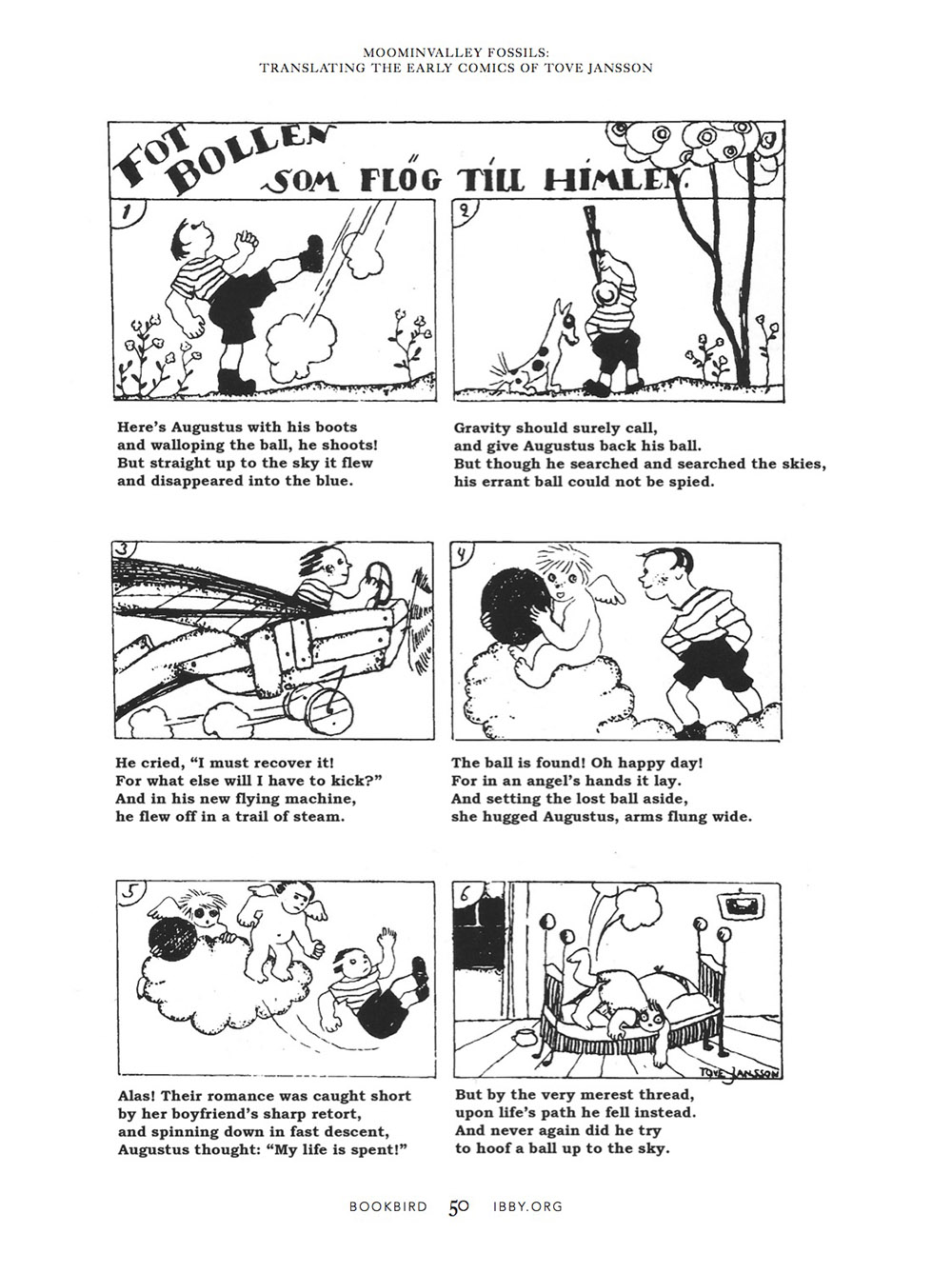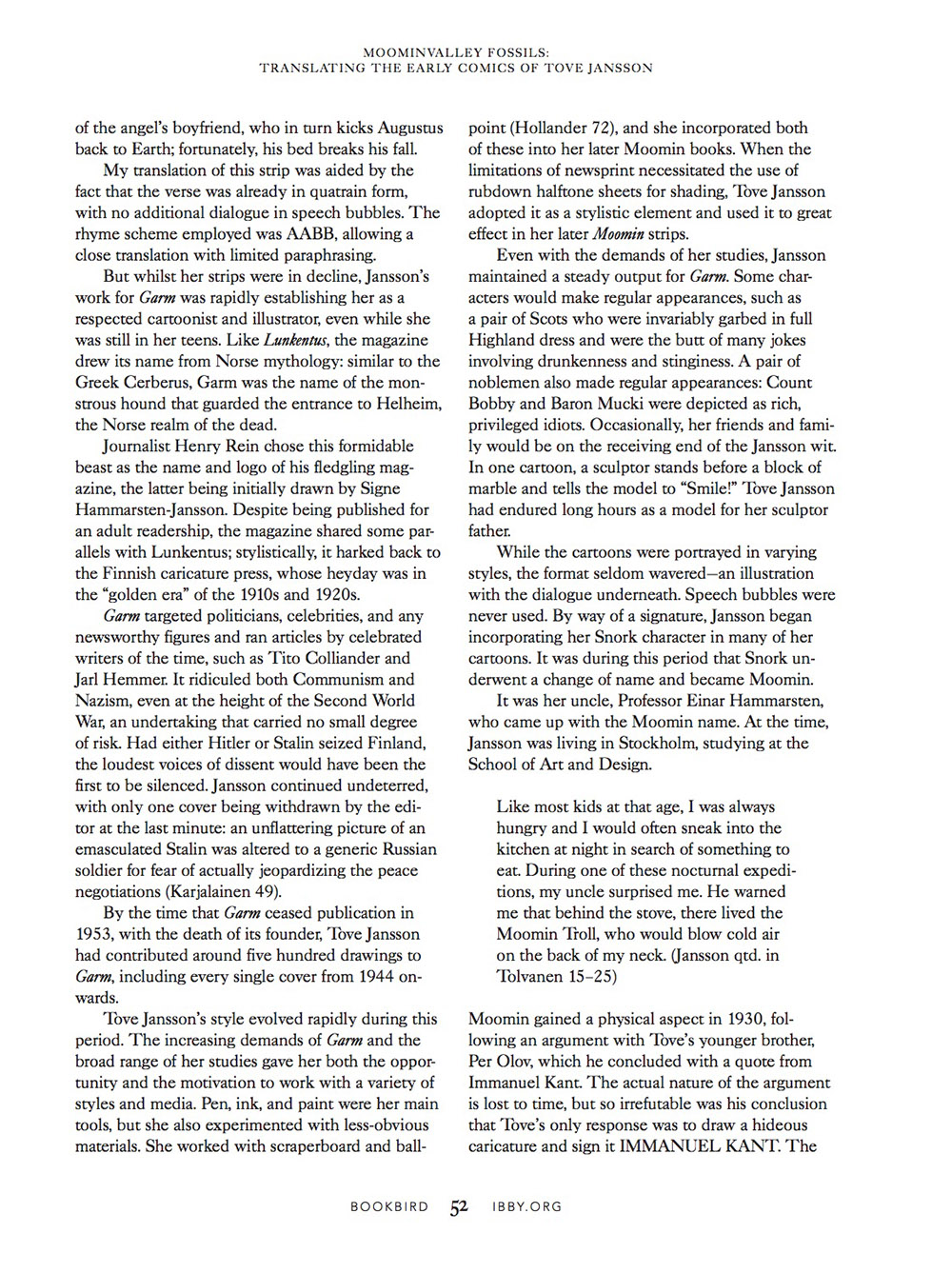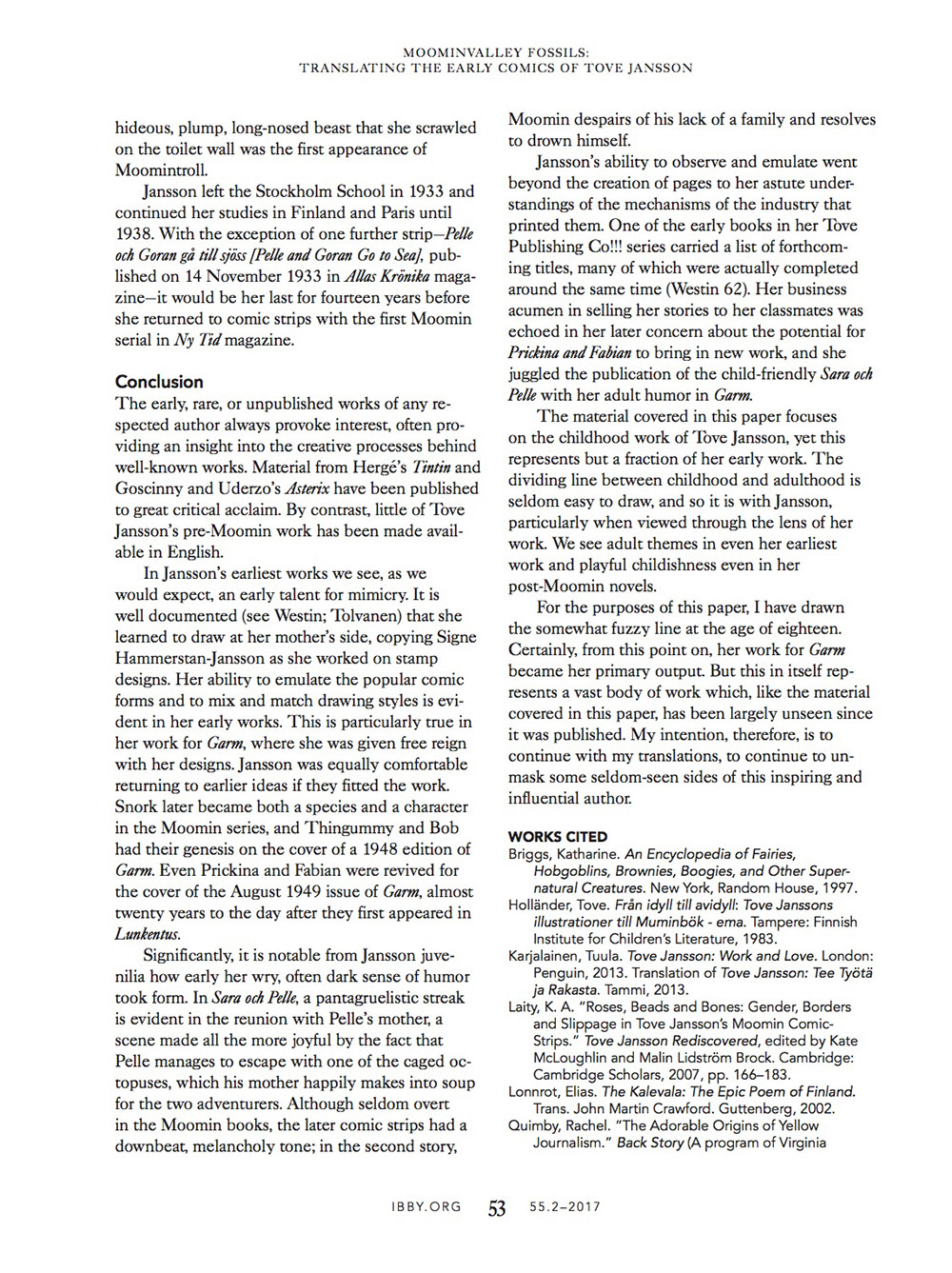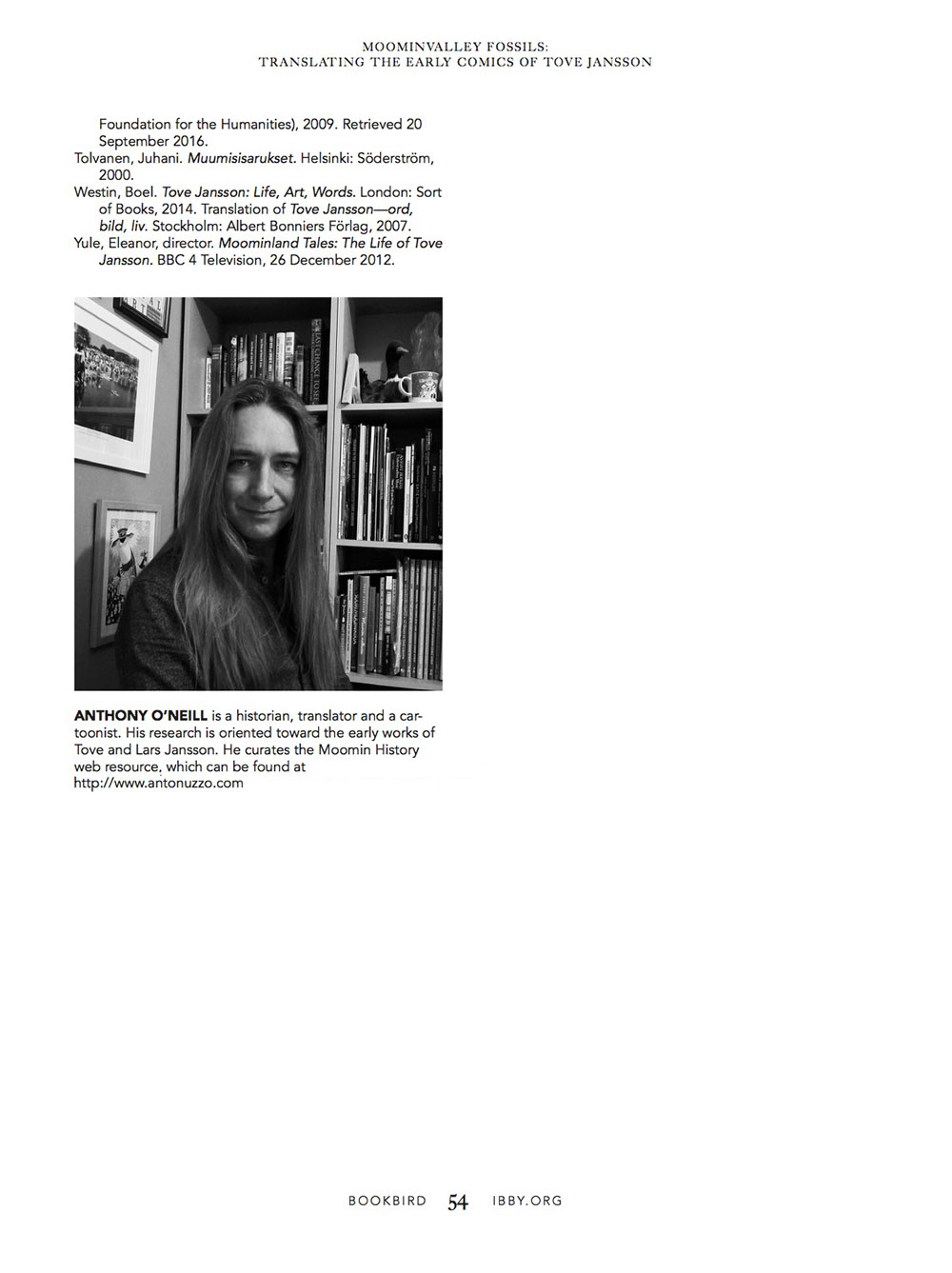
May Day is celebrated in many countries in many ways and in Finland, it’s called Vappu. It’s also a significant date in the Moomin calendar as, sixty-five years ago to the day, a meeting took place that was to set in motion the Moomin comic strips.
Muumisisarukset, a Finnish book about the genesis of the cartoons, told of this initial meeting. The book has not been published in English but I’ve been working on a translation. So here’s how it happened…
“The summery days at the end of April promised a beautiful and warm May-day festival. But it was not to be. The icy wind did its best to chill any momentum from Spring, and to even further limit the already-limited sense of rejoicing amongst the Finns.” It was in these cheery terms that the Finnish newspaper Ilta-Sanomat described May 1st, 1952.
On April 30th, the day before this most-celebrated Finnish festival, an Englishman arrived in Helsinki. Sporting a grey moustache and a bowler hat, he looked the epitome of a 1950s English Gentleman.
Eight days earlier, he had sailed to Gothenburg where he continued his journey on to Stockholm, arriving on April 29th. He then boarded a steamer – perhaps the Bore I or the Oihonna, any one of the four that provided the link between the Swedish capital and the port of Turku. Soon after the ship docked at 8:30am the next morning, he boarded the Pohjolan Liikenne red express bus, arriving with typical Finnish punctuality in Helsinki at 12:40pm.
He would have crossed the main square, under the watchful gaze of the Kivimiehet, the giant stone statues who guard the entrance to the railway station like a Soviet-era Argonath. Dodging the trams, he would have made his way up Kluuvikatu, past the elegant Karl Fazer Café, a place that would come to profit greatly from the outcome of the next few days. This brought him to Helsinki’s pretty Esplanade, and his destination: Hotel Kämp, which was and arguably still is the top hotel in the city.
The gentleman with the grey moustache who got off the bus was Charles Sutton, the director of the Associated Newspapers syndicate. He had made the long journey from England to negotiate with the artist Tove Jansson about publishing a comic strip featuring her Moomin characters. Sutton and Jansson had been in close communication since the beginning of January, and things finally seemed to be picking up speed. “Sutton agreed to come to Finland on the eve of May Day,” recalled Tove Jansson of their first meeting, “and so we arranged a business lunch at the Kämp.”
“I was not used to going out of my house during the day, so I didn’t think that day would be anything special. My god, the atmosphere at Kämp! Children, dogs, balloons… pretty girls climbed onto Sutton’s lap to play with his grey moustache.” Sutton asked Jansson if Finns were really always this happy. But the following morning, at breakfast in the same restaurant, Charles Sutton would see the flip side of the coin as, Vappu forgotten, the resident Finns returned to their normal quiet, melancholy manner.
That May Day eve, 1952, was the starting point of Tove Jansson’s journey to international fame and popularity. However at that stage, success was still years away…
